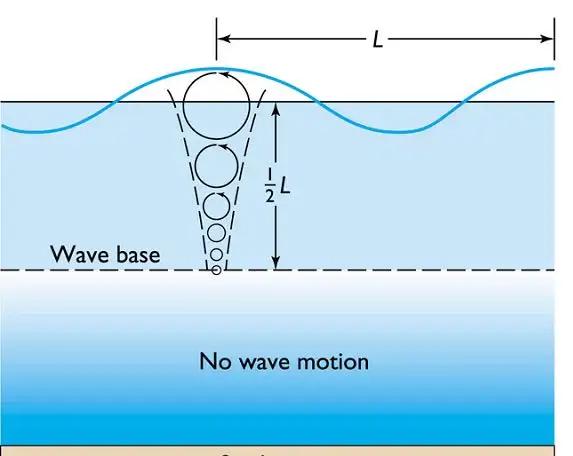Ships and Tsunamis: A Maritime Safety Guide
This article explores why ships head to deep waters during tsunamis, examining wave mechanics, maritime safety protocols, and the crucial differences between regular ocean waves and tsunami waves in terms of wavelength and amplitude.

The relationship between ships and tsunami waves represents a fascinating intersection of oceanography, maritime safety, and wave mechanics. When tsunami warnings are issued, vessels consistently navigate toward deeper waters rather than seeking shelter near shores or harbors. This counterintuitive strategy is deeply rooted in scientific principles.
In deep waters, tsunami waves behave differently than near coastlines. Their wavelength typically spans hundreds of kilometers, while their amplitude remains relatively small, often just a meter or less. This makes them nearly imperceptible to ships in deep ocean waters. The physics behind this phenomenon involves wave properties and water depth interactions.
Regular ocean waves, generated by wind, exhibit different characteristics. Water molecules in these waves move in circular patterns, with the circles becoming progressively smaller as depth increases. At depths greater than half the wavelength, the water movement becomes negligible. This creates a “wave base” phenomenon that affects how vessels respond to different wave types.
As waves approach shallower waters, they undergo significant transformations. This process, known as “shoaling,” causes wave speed and wavelength to decrease while amplitude increases. For tsunamis, this transformation is particularly dramatic. Their immense wavelength and energy, when compressed in shallow waters, can create devastating walls of water near coastlines.
Maritime safety protocols dictate specific vessel orientations during severe wave conditions. Ships typically position themselves at a 10-30 degree angle relative to oncoming waves. This approach maximizes vessel stability and minimizes the risk of capsizing, as ships are engineered to better withstand longitudinal rather than lateral wave forces.
Japanese maritime practices have significantly influenced global understanding of tsunami response. Following the devastating 2011 Tōhoku earthquake and tsunami, Japan led initiatives to improve maritime safety protocols and tsunami warning systems. Their experiences highlighted the critical importance of rapid deep-water deployment for vessels during tsunami events.
Modern technology and weather monitoring systems now provide crucial early warning capabilities. However, the fundamental strategy remains unchanged: when faced with an approaching tsunami, ships must seek the relative safety of deep waters, where the wave’s energy is dispersed across a greater volume of water and poses less risk to maritime vessels.
The physics of wave behavior also explains why ships maintain forward momentum against waves. Just as a surfboard needs forward motion to maintain stability, a ship’s forward movement helps it navigate through wave patterns more effectively. This principle applies to both regular ocean waves and tsunami conditions, though the scale and intensity differ significantly.
This maritime safety strategy demonstrates how understanding natural phenomena leads to counterintuitive but effective safety measures. While it might seem logical to seek shelter near land during extreme ocean conditions, the science of wave mechanics reveals why deep water provides the best chance for vessel survival during tsunami events.